Department Of General Surgical
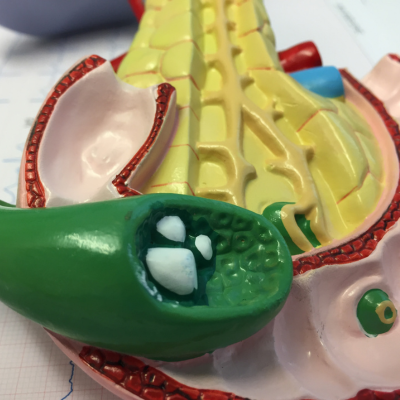
Gall bladder removal surgery (open/ laparoscopic)
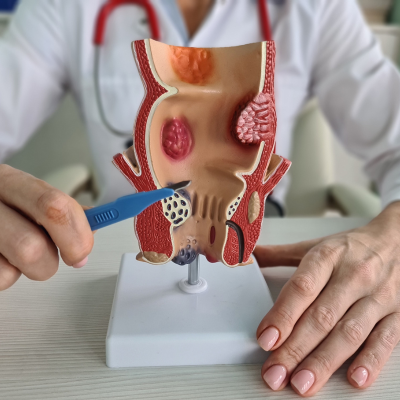
Laser pile (hemorrhoids) surgery
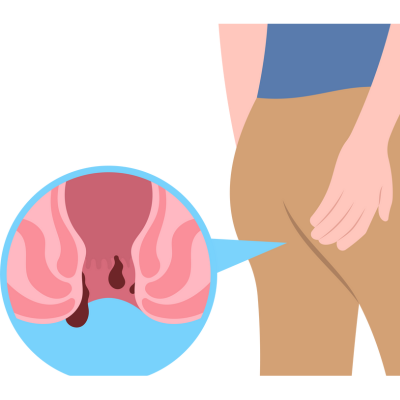
Laser fissure/ fistula surgery
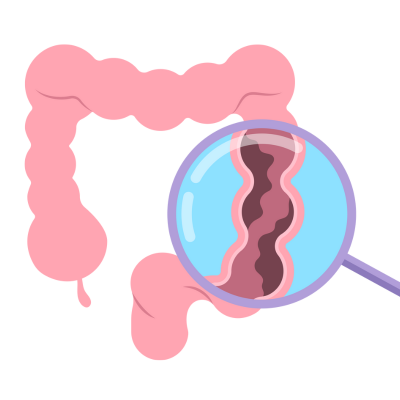
Hernia surgery (open/ laparoscopic)
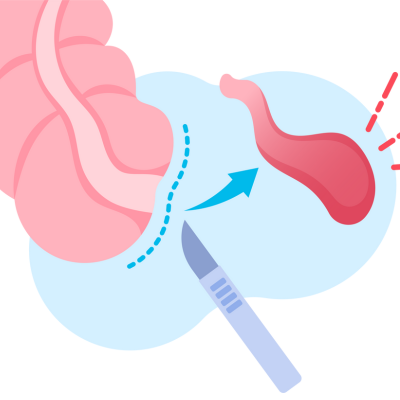
Appendix surgery (open/ laparoscopic)

Thyroid surgery

Breast surgery (fibroadenoma/ breast abscess)
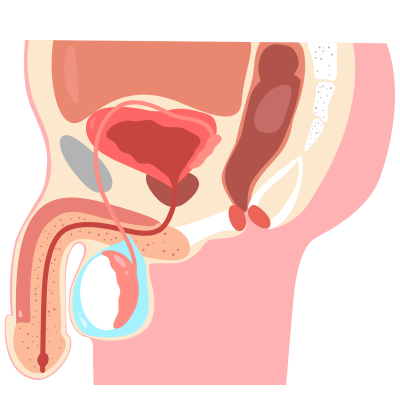
Hydrocele, varicocele surgery
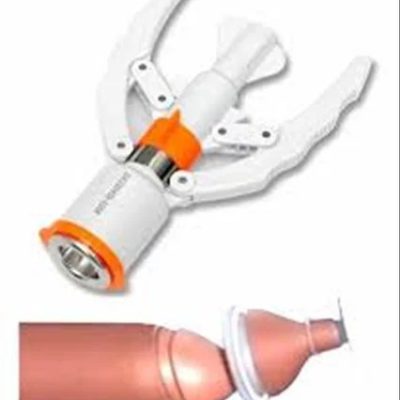
Circumcision (stapler)
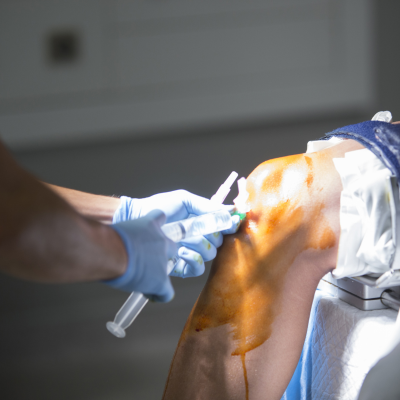
Trauma surgery
Department Of General Surgical
Gall Bladder Removal Surgery (Open/Laparoscopic)
Gall bladder removal, or cholecystectomy, treats gallstones, inflammation, or infection. Laparoscopic surgery uses small incisions, a camera, and specialized tools for minimal scarring and faster recovery. Open surgery involves a larger incision for complex cases. Performed under general anesthesia, both methods ensure safe gall bladder removal. Post-surgery, patients follow a low-fat diet and recover within 1-6 weeks, depending on the approach, with excellent outcomes.


Laser Pile (Hemorrhoids) Surgery
Laser pile surgery is a minimally invasive procedure to treat hemorrhoids. Using laser energy, it precisely targets and shrinks swollen tissues, reducing pain and bleeding. The outpatient procedure ensures minimal discomfort, no stitches, and quick recovery within a few days. It’s ideal for grades II-III hemorrhoids, offering less postoperative pain compared to traditional surgery. Patients resume normal activities swiftly with proper post-care and dietary adjustments.

Laser Fissure/Fistula Surgery
Laser surgery for anal fissures or fistulas is a precise, minimally invasive treatment. For fissures, laser cauterizes the tear, promoting healing with minimal pain. For fistulas, it seals abnormal tracts, preserving sphincter function. Done under local or general anesthesia, it ensures quick recovery, typically within 1-2 weeks. Patients experience less discomfort and scarring compared to conventional methods, with high success rates and minimal recurrence.


Hernia Surgery (Open/Laparoscopic)
Hernia surgery repairs weakened abdominal walls causing organ protrusion. Laparoscopic surgery uses small incisions and a mesh for quicker recovery and minimal scarring. Open surgery, suitable for larger hernias, involves a larger incision and mesh placement. Performed under general anesthesia, both methods ensure effective repair. Recovery takes 2-6 weeks, with patients advised to avoid heavy lifting. Success rates are high, restoring normal function.

Appendix Surgery (Open/Laparoscopic)
Appendectomy removes an inflamed or infected appendix to prevent rupture. Laparoscopic surgery uses small incisions and a camera for faster recovery and less scarring, typically within 1-3 weeks. Open surgery, used for complicated cases, involves a larger incision. Both are performed under general anesthesia. Patients resume normal activities quickly with proper care, avoiding complications like abscesses. The procedure is safe with excellent outcomes.


Thyroid Surgery
Thyroid surgery, or thyroidectomy, treats conditions like nodules, goiter, or cancer. Partial or total gland removal is performed under general anesthesia. Minimally invasive techniques reduce scarring and recovery time, typically 1-2 weeks. Surgeons preserve nearby structures like vocal cords. Patients may need hormone replacement post-surgery. With high success rates, it effectively manages thyroid disorders, ensuring restored health and minimal complications with proper follow-up.

Breast Surgery (Fibroadenoma/Breast Abscess)
Breast surgery addresses fibroadenomas (benign lumps) or abscesses (pus-filled infections). Fibroadenoma removal involves excising the lump under local or general anesthesia, with minimal scarring. Abscess drainage uses incision or aspiration, often with antibiotics. Both outpatient procedures ensure quick recovery within 1-2 weeks. Patients benefit from restored breast health, reduced pain, and low recurrence rates with proper care and regular follow-ups.


Hydrocele, Varicocele Surgery
Hydrocele and varicocele surgeries correct fluid buildup around the testicle or dilated scrotal veins, respectively. Hydrocelectomy drains fluid and repairs the sac, while varicocelectomy ligates affected veins. Both use open or minimally invasive techniques under local or general anesthesia. Recovery takes 1-3 weeks, with minimal discomfort. These procedures improve fertility and comfort, with high success rates and low recurrence when performed by skilled surgeons.

Circumcision (Stapler)
Stapler circumcision is a modern, minimally invasive procedure to remove the foreskin. Using a specialized stapler device, it ensures precise cutting and sealing, reducing bleeding and complications. Performed under local anesthesia, it offers faster recovery (1-2 weeks) and less pain than traditional methods. Ideal for medical or cultural reasons, it ensures high patient satisfaction with minimal scarring and low infection risk with proper post-care.
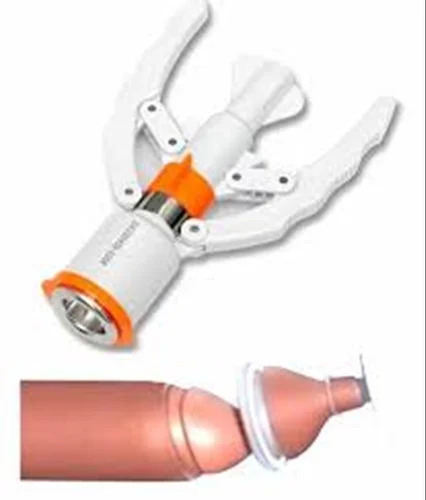

Trauma Surgery
Trauma surgery addresses life-threatening injuries from accidents, falls, or violence. Performed by specialized surgeons, it involves rapid assessment and intervention to repair internal damage, fractures, or organ injuries. Procedures may include laparotomy, wound repair, or stabilization under general anesthesia. Recovery varies based on injury severity, often requiring weeks to months. With advanced techniques, trauma surgery saves lives and restores function, supported by comprehensive post-operative care.

